Top 10 Fascinating Facts About Flowers
Flowers do more than add beauty to our world. They support ecosystems, hold cultural significance, and boost economies. In this article, we uncover 10 fascinating facts about flowers that reveal their importance and unique qualities.
Key Takeaways
-
Flowers play critical ecological roles by supporting pollinators like bees and butterflies, aiding in pollination which is essential for plant reproduction and biodiversity.
-
The global flower industry significantly impacts the economy, with floriculture generating substantial annual revenue and contributing to sectors such as perfumes and food.
-
Modern advancements in technology and sustainable practices, including hydroponics and precision farming, are transforming the flower industry, enhancing productivity and environmental sustainability.
Flowering Plants: More Than Just Pretty Petals
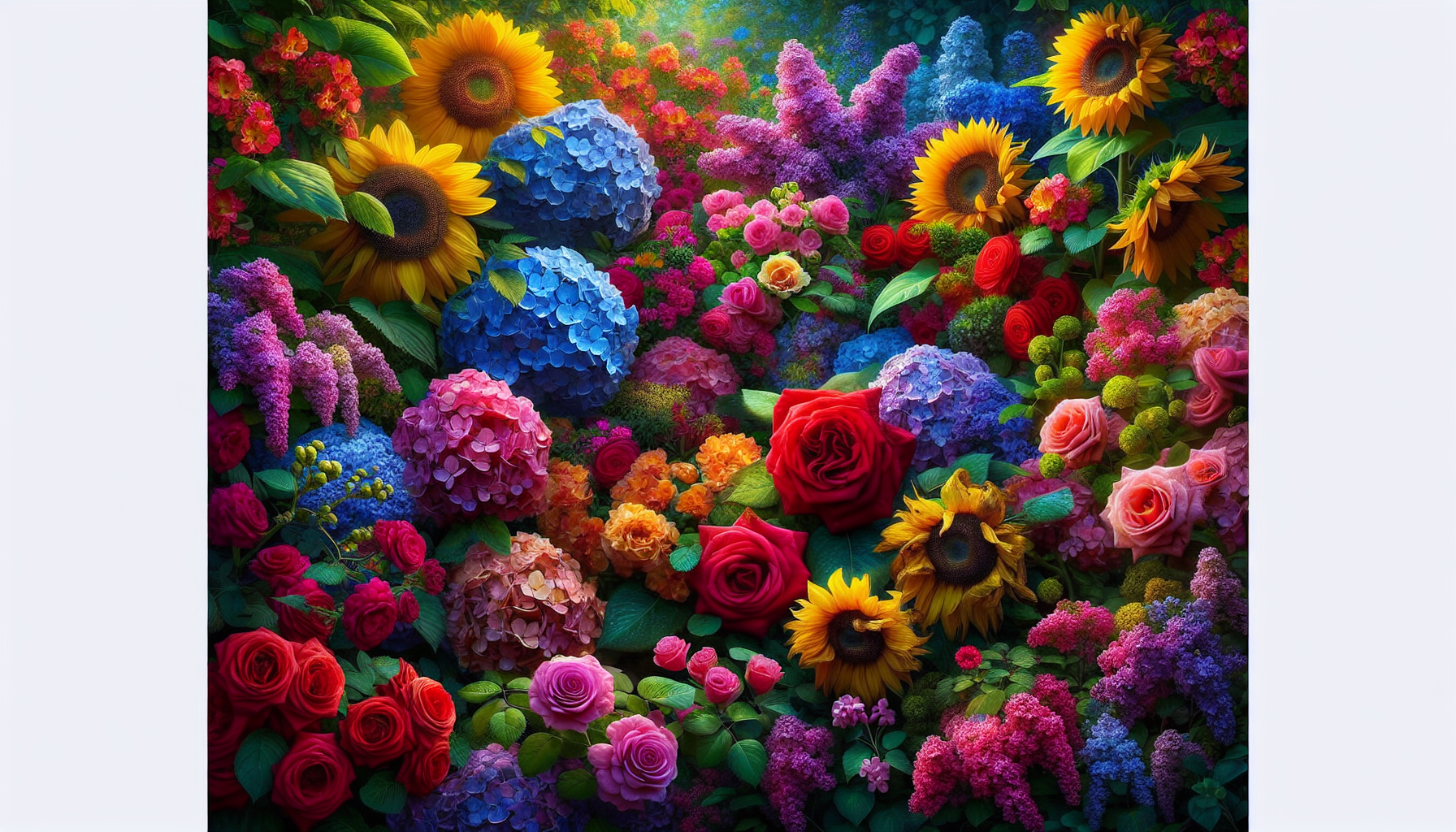
Flowers, while pleasing to the eye, serve integral functions in our ecosystems, cultures, and economies. In the natural world, flowers provide essential food and habitat for a variety of organisms, including bees, butterflies, and birds, which are vital for pollination and biodiversity.
Throughout history, flowers have held deep symbolic meanings, representing emotions and events in rituals and ceremonies across different cultures. For instance, roses have long been symbols of love and beauty in many parts of the world. Flowers have also played a role in early childhood education, where they are used to teach children about nature and the environment.
Economically, the flower industry is a significant contributor to the global economy. Floriculture, the cultivation of flowering plants for gardens, interiors, and commercial purposes, generates billions of dollars annually.
Ecological Importance
Flowers are fundamental to healthy ecosystems. They serve as vital food sources for pollinators such as bees, butterflies, and hummingbirds. These pollinators are essential for the process of pollination, which leads to the production of fruits and seeds, ensuring the reproduction of flowering plants.
Additionally, flowers significantly contribute to soil conservation. Their strong roots help prevent soil erosion while replenishing nutrients, which supports global wildlife preservation and healthy ecosystems.
Cultural Significance
Flowers have been woven into the cultural fabric of societies around the world for ages. They symbolize various emotions and events, often playing integral roles in rituals and ceremonies. For example:
-
In ancient Greece, roses were associated with Aphrodite, the goddess of love, underscoring their significance in mythology.
-
In many Asian cultures, the lotus flower is a symbol of purity and enlightenment.
-
In Western cultures, red roses are often given as a symbol of love and passion.
Kate Douglas Wiggin, who established the first free kindergarten on the West Coast of the United States in San Francisco, also made significant cultural contributions through her pioneering work in early childhood education.
Flowers hold deep meaning and are a beautiful way to express emotions and celebrate special occasions.
In various cultures, flowers such as roses extend beyond ornamental value, embodying cultural expressions of love, beauty, and purity.
Economic Impact
The global flower trade is a booming industry, valued at over USD 104 billion as of 2019, with developing countries playing significant roles in exports. This robust market includes the sale of cut flowers, potted plants, and floral arrangements for various occasions.
Flowers also contribute to commercial sectors such as perfumes, essential oils, and even food. The Juliet rose, for instance, is one of the most expensive flowers, selling for $15,800 per stem, highlighting the economic value of rare and exquisite blooms.
The Science Behind Flower Blooms
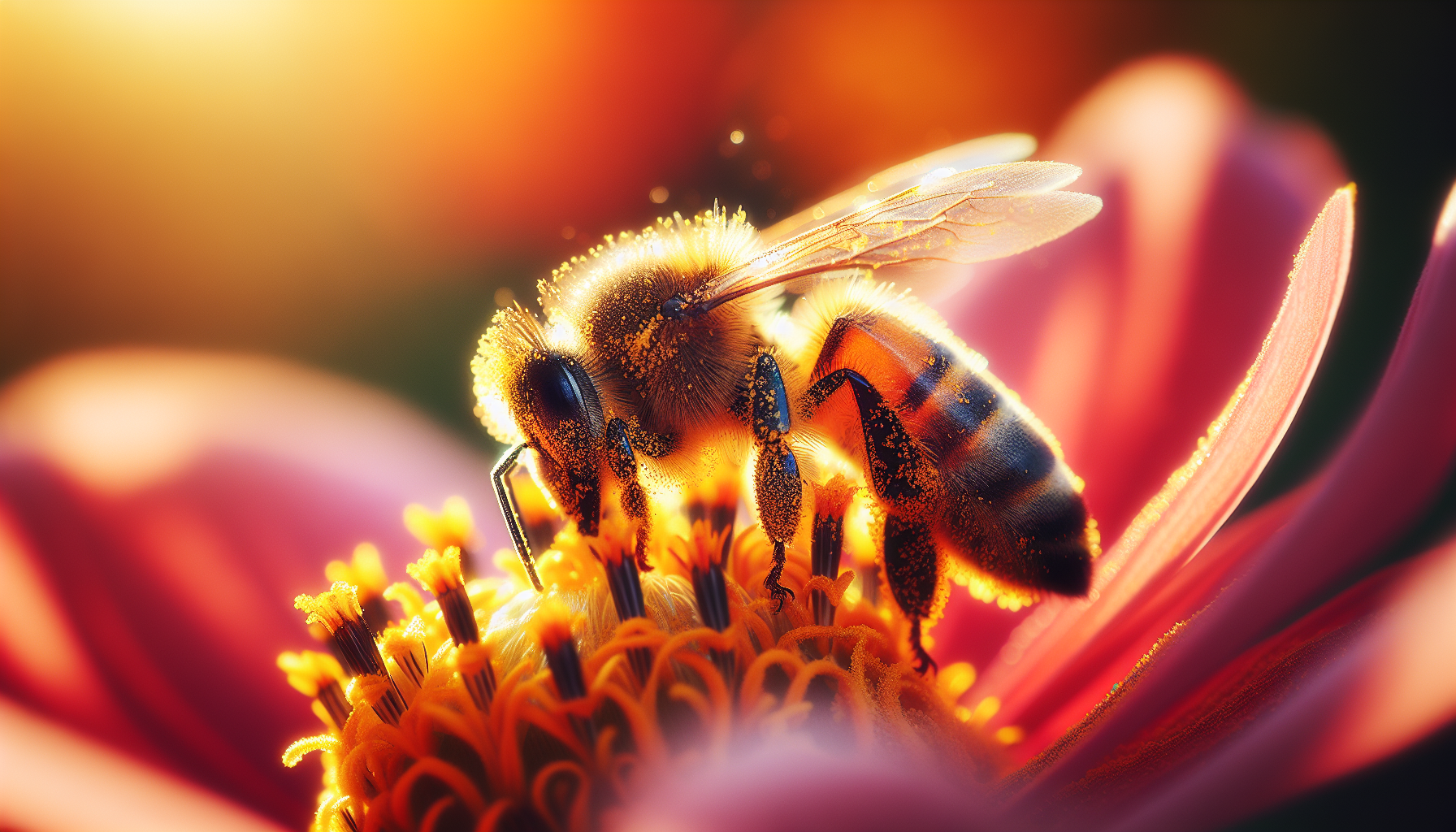
The mesmerizing beauty of flower blooms is the result of intricate biological processes that begin with flower buds. Plants use light-sensitive proteins called phytochromes to track daylight variations, managing their circadian rhythms and ensuring timely blooming.
The blooming process is energy-intensive, redirecting nutrients from growth and branch production to facilitate flower bud formation. Auxins, gibberellins, and cytokinins, hormones integral to plant growth, regulate the development and opening of blooms.
Pollination Process
Pollination is a fascinating process where pollinators, such as bees, butterflies, and hummingbirds, transfer pollen from the anthers (male part) of a flower to the stigma (female part). This transfer leads to fertilization, enabling plants to produce seeds and fruits.
Pollinators, such as honey bees, play unique roles in this process. For instance, bumblebees use a specific buzz tone to release pollen from flowers like tomatoes and blueberries, showcasing the varied and essential roles of different pollinators.
Flower Anatomy
Understanding flower anatomy reveals how these beautiful structures function. Flowers have both male parts (stamens) and female parts (pistils), each essential for reproduction. The anther, part of the stamen, produces pollen necessary for fertilization, while the stigma, part of the pistil, receives the pollen.
This complex anatomy facilitates successful pollen transfer, aiding in the reproduction of flowering plants and species preservation.
Seasonal Blooming
Seasonal blooming of flowers is influenced by environmental factors such as temperature, light, and soil conditions. Warmer temperatures, for example, can accelerate plant metabolism and growth, leading to earlier flowering.
Certain plants time their blooming to coincide with the activity of their pollinators. For instance, cherry trees in Bonn bloom when honeybees are most active, ensuring effective pollination. This synchronization highlights the delicate balance between flowers and their environment.
Unique and Unusual Flowers
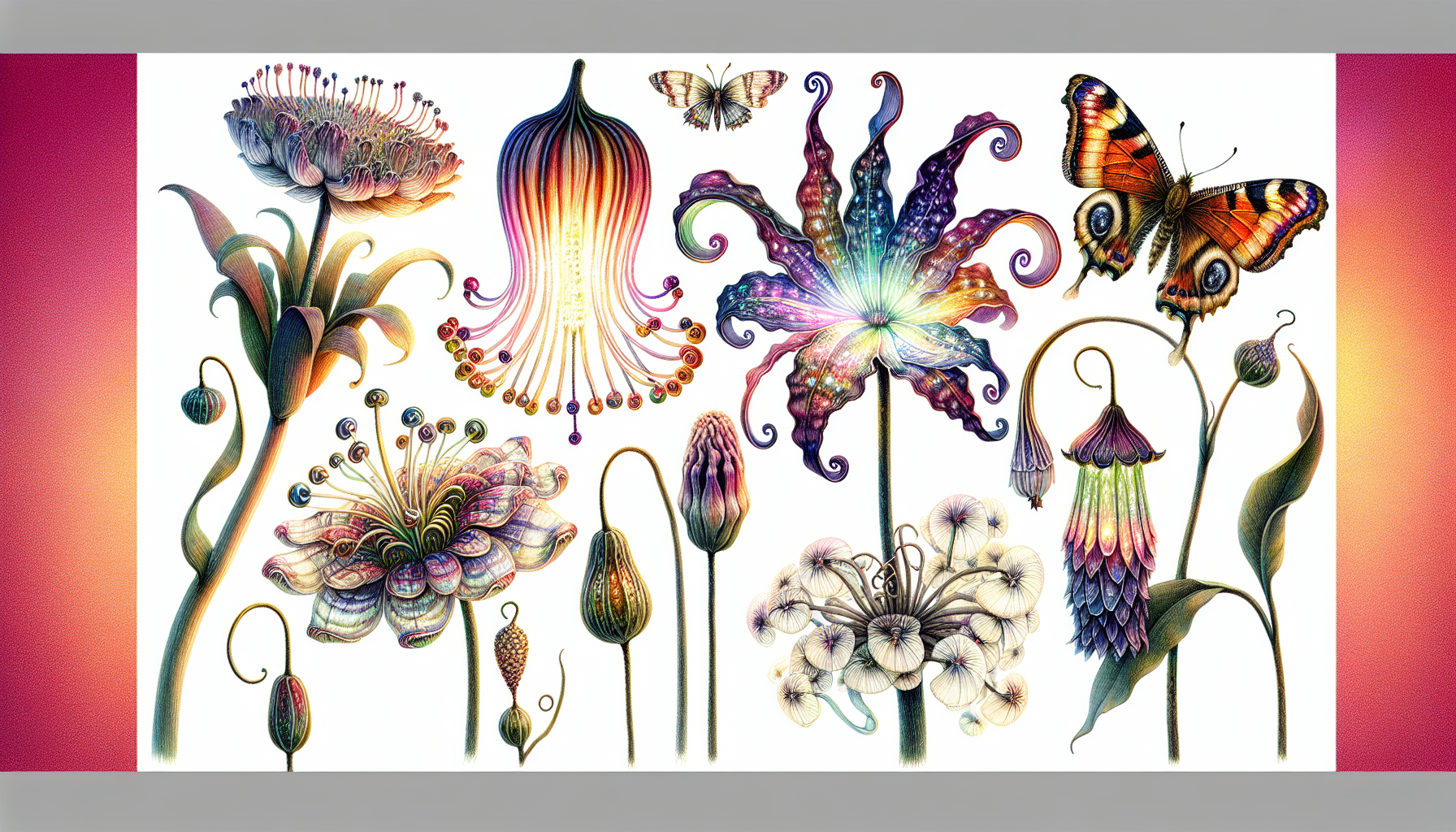
Nature’s diversity is astonishing, and some flowers stand out for their unique and unusual characteristics. The Monkey Face Orchid, for example, resembles a simian face and blooms in the cloud forests of Peru and Ecuador.
The Bat Plant has flowers resembling bat faces and can grow up to 90 centimeters tall, adding to the array of nature’s fascinating flora. These unique flowers highlight the incredible variety and beauty found in the natural world.
Chocolate Cosmos
Chocolate Cosmos flowers are a rare and delightful species. These dark burgundy blooms smell exactly like chocolate, a trait attributed to the presence of vanillin in the flowers.
Sadly, Chocolate Cosmos are extinct in the wild and now only exist in cultivation, making them a cherished and protected species.
Corpse Flower
The Corpse Flower, known scientifically as Amorphophallus titanum, is renowned for its massive size and foul odor. It can grow up to 12 feet tall and blooms as rarely as every 7-10 years.
This flower emits a scent comparable to rotting flesh to attract pollinators, illustrating nature’s unique strategies for reproduction.
Ghost Orchid
The Ghost Orchid, native to the swamps of Florida and Cuba, is a leafless wonder that appears to float in mid-air due to its unique structure.
This rare flower relies on photosynthesis through its roots, making it one of the most mysterious and captivating blooms in the plant kingdom.
Historical Uses of Flowers
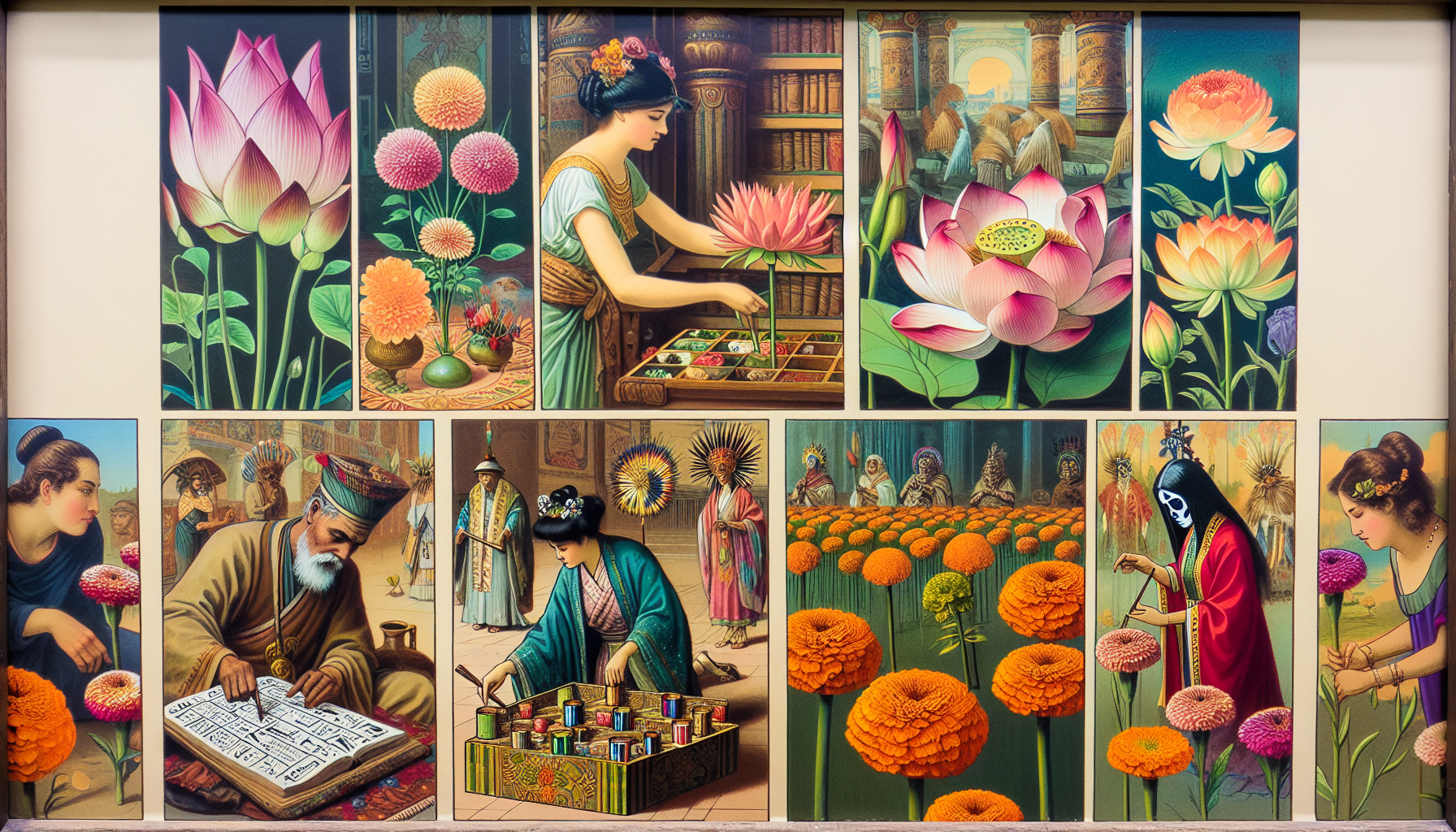
Historically, flowers have served a multitude of purposes, spanning medicinal, culinary, and symbolic uses. In ancient Egypt, flowers played a pivotal role in funeral rituals and temple adornments. The lotus flower, for instance, was a sacred symbol frequently depicted in Egyptian art and literature. Kate Douglas Wiggin also headed the Silver Street Kindergarten in San Francisco, the first free kindergarten on the West Coast.
In Christianity, the lily symbolizes purity and is often associated with the Virgin Mary. Kate Douglas Wiggin was involved in establishing and teaching at various kindergarten training schools, contributing significantly to early childhood education.
Medicinal Uses
The healing properties of flowers have been appreciated for centuries. Jasmine oil, for instance, is used to uplift mood and soothe muscles.
Lavender oil is renowned for its stress-relieving properties and can promote deep sleep. Rose petals, rich in vitamin C, help relieve joint and muscle pain, showcasing the diverse medicinal uses of flowers.
Culinary Uses
Edible flowers enhance dishes with their distinctive flavors and aesthetic appeal. Nasturtiums, for example, are often used to add a peppery flavor to salads.
Lavender flowers can be used in baking, adding a unique flavor to cookies and cakes. These culinary applications highlight the versatility of flowers in the kitchen.
Symbolism and Language
In the Victorian era, flowers were used as a form of nonverbal communication known as floriography. A red rose symbolized deep love and passion, while a white rose signified purity and innocence.
In Japan, cherry blossoms symbolize the transient nature of life, while in Mexico, marigolds are associated with the Day of the Dead, symbolizing the beauty and fragility of life.
Flowers in Modern Society
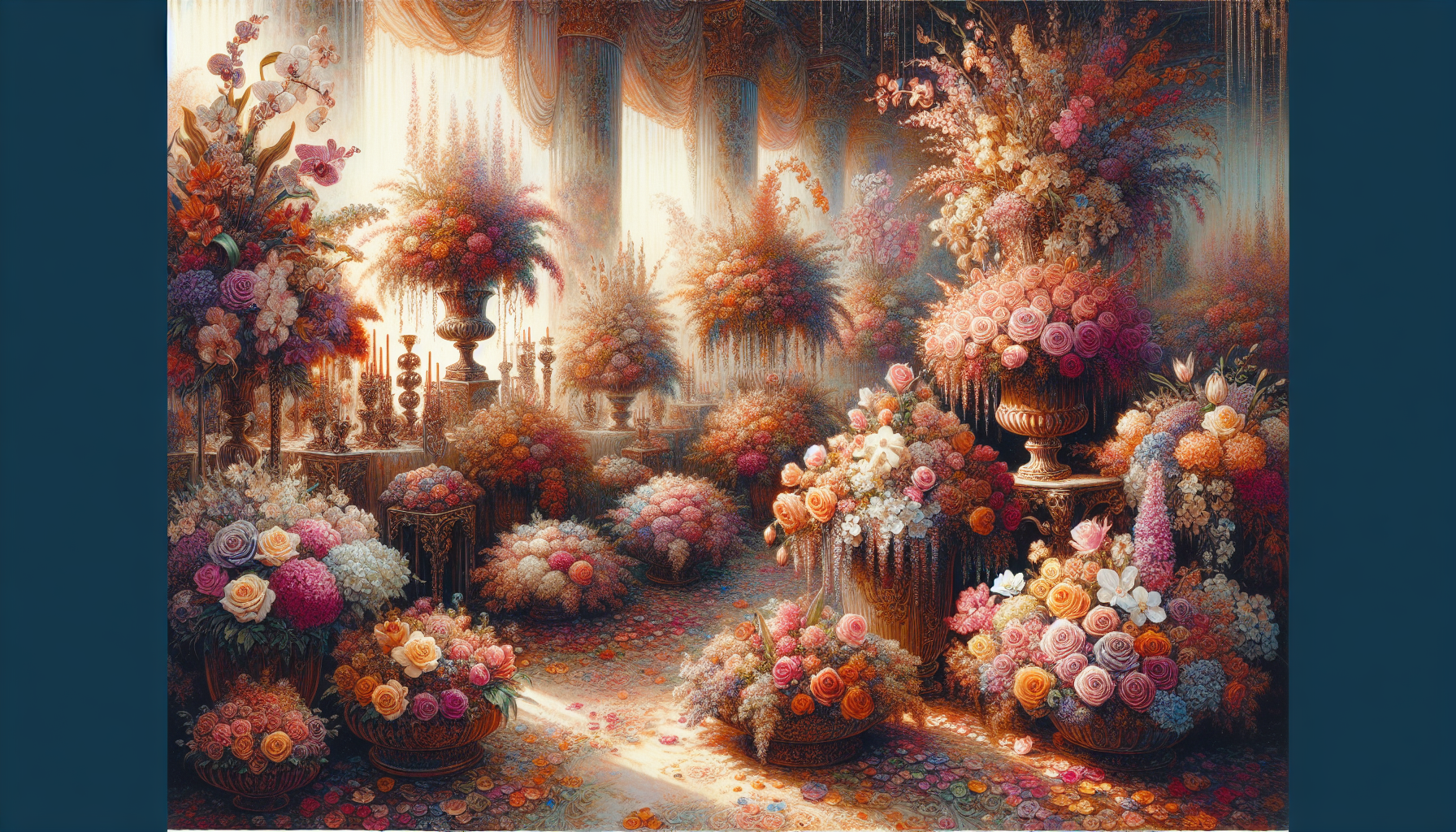
In contemporary society, flowers remain integral to celebrations and events. Bouquets can turn ordinary occasions into memorable moments, expressing emotions without words.
Flowers are also crucial for environmental conservation and mental health benefits. They contribute to ecosystem resilience and can aid in environmental cleanup efforts. Additionally, in a kindergarten classroom, flowers are used to teach children about nature and the environment.
Beautiful Floral Arrangements
Elegant and beautiful floral arrangements augment the visual appeal of events and spaces. They are not only decorative but also therapeutic, improving mood and reducing stress.
Floral artists create stunning installations that transform spaces and elevate the viewer’s experience, making floral arrangements a form of creative art.
Environmental Conservation
Flowers make a substantial contribution to environmental conservation. Their seeds can survive extreme conditions, aiding in ecosystem resilience.
Sunflowers, for example, are known for their ability to clean soil by absorbing toxins, making them valuable for environmental cleanup efforts.
Therapeutic Benefits
Surrounding oneself with flowers can greatly enhance mental well-being. They help relieve anxiety and stress, promoting natural healing and reducing feelings of isolation.
Flowers can also boost productivity and creativity in work environments, enhancing overall well-being.
Fun Facts About Common Flowers
Flowers are full of surprises, and some common blooms have fascinating backstories. For instance, hydrangea flowers do not have petals; instead, the colorful parts are sepals.
There are about 200 different species of daffodils, each with unique characteristics. Daffodils are the birth flower for March, symbolizing the arrival of spring and bringing happiness when presented in bunches.
Roses
Roses are not only symbols of love but are also related to various fruits like apples, cherries, and peaches. Their rose hips are rich in vitamin C and have been used for medicinal purposes.
This relation to fruits highlights the versatility and importance of roses beyond their ornamental value, showcasing their nutritional and health benefits.
Sunflowers
Sunflowers are known for:
-
Their impressive height, growing up to 12 feet tall
-
Following the sun in a behavior called heliotropism
-
Their seeds, which are not only a nutritious snack but also help improve cardiovascular health and brain function.
Sunflowers’ ability to clean soil by absorbing toxins further showcases their environmental importance.
Tulips
Tulip bulbs were used as a food source during World War II due to food shortages, highlighting their role in human survival during desperate times.
This historical use underscores the versatility and resilience of tulips, making them more than just beautiful blooms.
How to Grow Your Own Flower Garden
Growing your own flower garden can be a rewarding experience. Thorough planning prior to planting is key to cultivating a successful garden. Here are some tips to keep in mind:
-
Plants should be spaced appropriately to avoid choking and ensure healthy growth.
-
Watering should be done on the soil rather than the foliage to prevent diseases.
-
Regular maintenance, such as deadheading and pruning, is essential for promoting new growth and keeping your garden thriving.
Choosing the Right Plants
Choosing suitable plants for your garden requires an evaluation of the prevailing growing conditions, encompassing light, water supply, soil type, and temperature variations.
Choosing plants with similar watering needs simplifies garden maintenance and ensures that all plants thrive in their environment.
Soil and Plant Care
Upholding soil health is imperative for a flourishing flower garden. Annual soil tests and adding fertile topsoil can enhance soil quality and support plant growth.
Efficient watering practices, such as using drip systems, ensure that plants receive the necessary moisture without wasting water.
Pest Control
Employing natural pest control strategies, like introducing beneficial insects such as ladybugs and predatory wasps, can effectively manage harmful pests without resorting to chemical pesticides.
Planting pest-repelling plants like marigolds and lavender can also help protect your garden naturally.
The Future of Flowers
The global cut flowers market is set for considerable growth in the coming years, signaling a promising future for flowers. Technological innovations and sustainability practices are driving this growth and addressing challenges in the industry. School districts are incorporating flower gardening into their curricula to teach students about sustainability and the environment.
Hydroponics, vertical farming, and precision farming techniques are becoming increasingly popular, enabling year-round flower production and optimizing resource use.
Technological Innovations
Cutting-edge technologies like hydroponics, aeroponics, and precision farming are reshaping the landscape of the flower industry. These methods reduce water and fertilizer use while improving flower quality.
AI and IoT technologies enable precision agriculture by optimizing irrigation, fertilization, and pest management practices based on real-time data, ensuring higher yields and efficiency.
Sustainability Practices
The importance of sustainable practices in flower cultivation is escalating. Rotating plants helps preserve soil fertility and sustainability, ensuring long-term productivity.
Transgenic plants that are resistant to pests and diseases reduce the need for chemical pesticides, improving the environmental footprint of flower farming.
Genetic Engineering
Genetic engineering offers exciting possibilities for the flower industry. Advanced genetic tools, notably CRISPR/Cas9, facilitate the development of flower varieties boasting enhanced traits such as extended shelf life and distinctive colors.
While genetic engineering holds promise, it also raises questions about the safety and environmental impact of modified plants, necessitating careful consideration and regulation.
Summary
Flowers are indeed more than just pretty petals. They play crucial roles in our ecosystems, hold deep cultural significance, contribute significantly to the global economy, and offer numerous benefits in modern society. From their fascinating biological processes to their unique and unusual varieties, flowers continue to captivate and inspire us. As we look to the future, technological innovations and sustainable practices promise to enhance the beauty and utility of flowers even further. So, whether you are a gardener, a nature enthusiast, or simply someone who appreciates the beauty of flowers, there is always something new and exciting to learn about these incredible natural wonders.
Frequently Asked Questions
Why are flowers important for the ecosystem?
Flowers are important for the ecosystem because they provide essential food and habitat for pollinators like bees and butterflies, which are crucial for pollinating plants and maintaining biodiversity.
What are the medicinal uses of flowers?
Flowers such as jasmine, lavender, and rose petals have medicinal properties that can improve mood, reduce stress, and alleviate pain. These properties make them useful for various medicinal purposes.
How do flowers contribute to environmental conservation?
Flowers contribute to environmental conservation by preventing soil erosion, retaining groundwater, and cleaning soil through toxin absorption, which supports ecosystem resilience and cleanup efforts.
What are some unique and unusual flowers?
Some unique and unusual flowers include the Chocolate Cosmos, Corpse Flower, and Ghost Orchid, each with distinct features that set them apart from the more common flowers.
How can I grow a successful flower garden?
To grow a successful flower garden, it's crucial to plan carefully, select plants suited to your site's conditions, ensure soil health, and employ natural pest control methods. Good luck with your garden!
